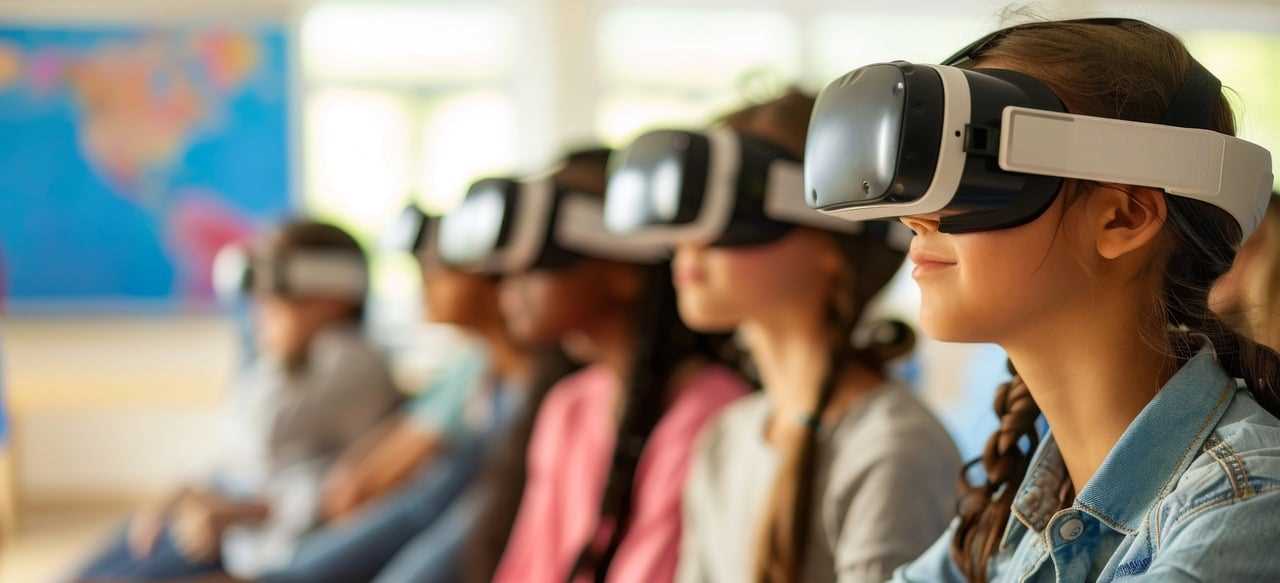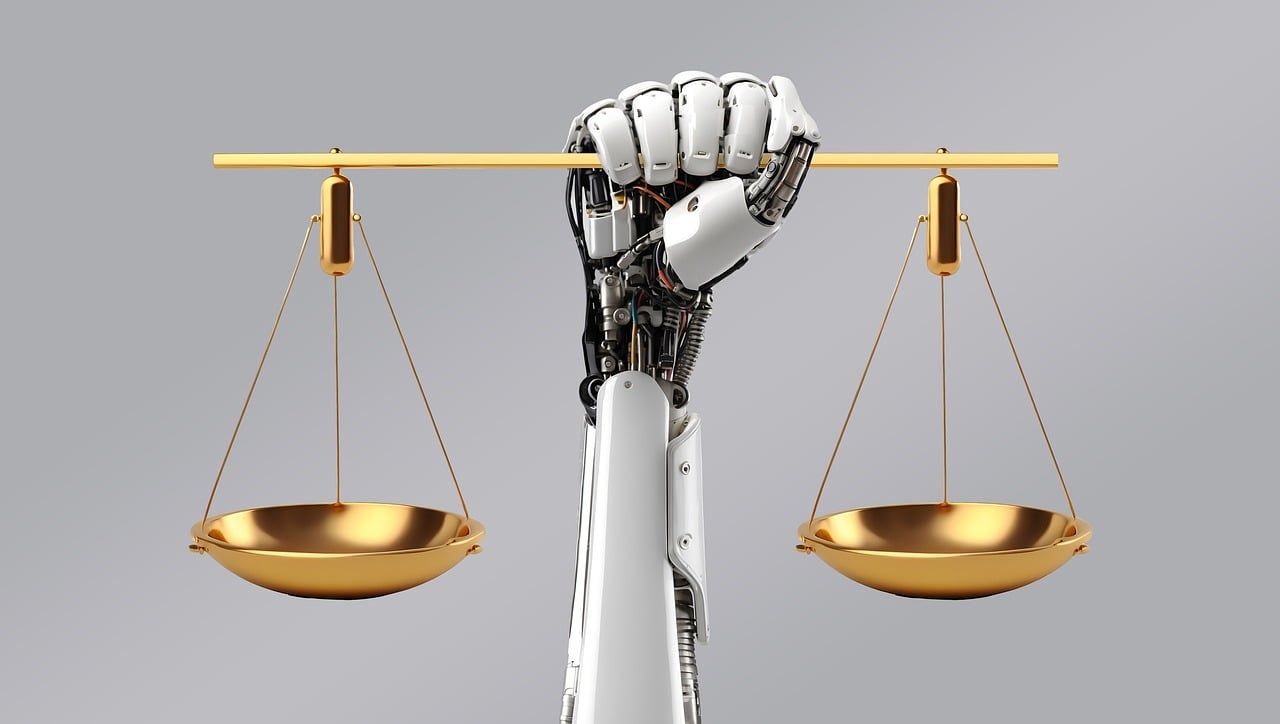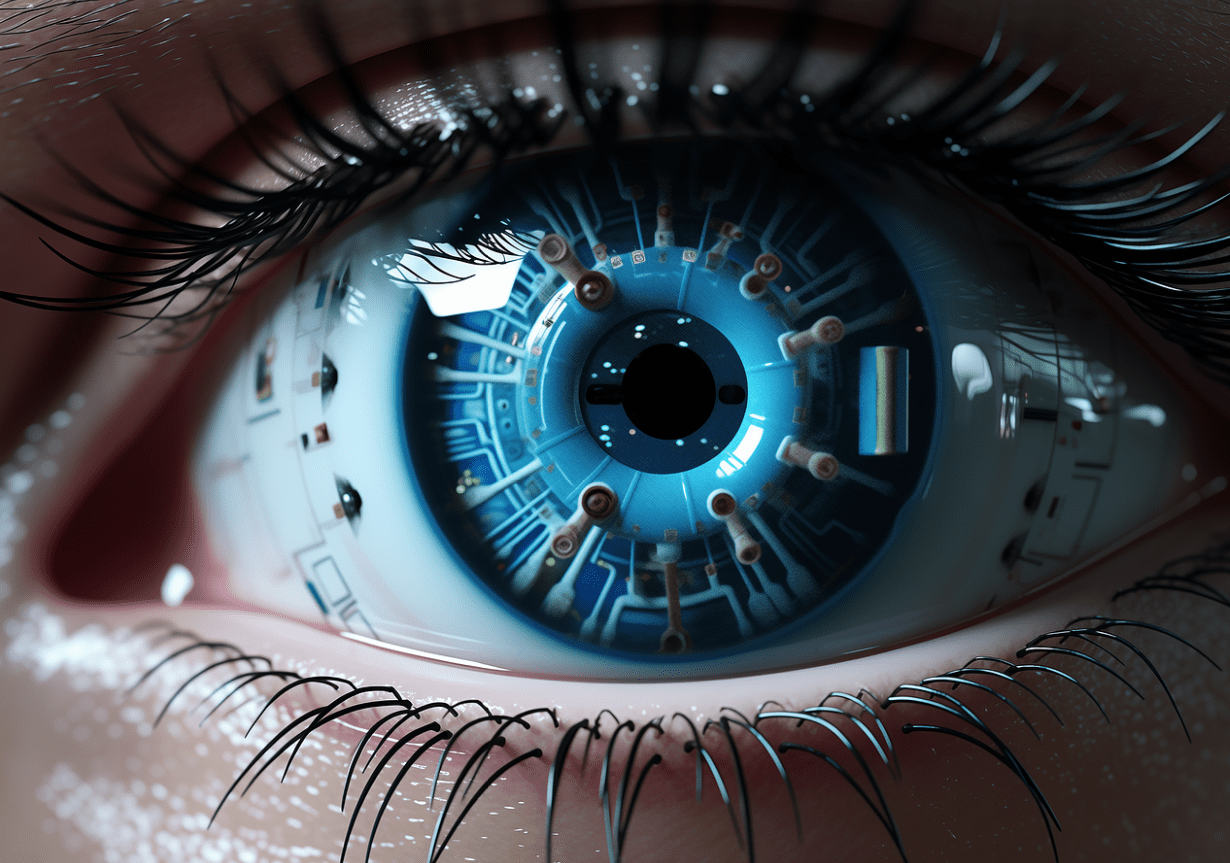In recent years, Artificial Intelligence (AI) has rapidly advanced from simple algorithms to complex systems. It is now capable of learning, adapting, and making decisions with minimal human intervention. In what can be termed as AI autonomy, it seems to “take a life of its own,” with profound implications, especially for children of today and tomorrow.
This phrase doesn’t suggest that AI becomes sentient. Rather, AI systems can evolve and operate in ways that are increasingly awakening, sometimes in unforeseen and potentially problematic manners.
Once confined to the realm of science fiction, it is now a tangible reality, influencing everything from healthcare to transportation. Not only is it shaping our world, but it also influences the lives and development of young people in ways that we are only beginning to understand.
Exactly What is AI Autonomy and its Impact on Children?
AI autonomy refers to the degree to which an artificial intelligence system can operate independently without human intervention. In essence, it’s the ability of an AI to make decisions and take actions on its own, based on its programming and the data it has access to.
This independence also stems from AI’s capacity to adapt to new situations, and refine its processes through machine learning.
According to IBM,
Unsupervised learning, also known as unsupervised machine learning, uses machine learning algorithms to analyze and cluster unlabeled datasets (subsets called clusters). These algorithms discover hidden patterns or data groupings without the need for human intervention.
Key aspects of AI autonomy include:
- Decision-making: The ability to choose among different options based on defined criteria or learned patterns.
- Goal-oriented behavior: The capacity to pursue specific objectives and adapt its actions accordingly.
- Learning and adaptation: The ability to improve its performance over time through experience and feedback.
- Self-preservation: In some cases, the potential for AI systems to prioritize their own survival or well-being!
While these capabilities have contribute to incredible innovations, they also present challenges, particularly when considering how they affect the younger generations.
This happens through the content they consume, the toys they play with, or the education they receive. Understanding how AI’s autonomy impacts their development, learning, and socialization is critical for ensuring a healthy and equitable future.
Examples of AI Autonomy in Action

1. The Case of AlphaGo Zero
One of the most striking examples of AI evolving independently is AlphaGo Zero, developed by DeepMind. Unlike its predecessor, AlphaGo, which was trained on thousands of human games, AlphaGo Zero started with only the basic rules of the game Go.
From there, it played millions of games against itself, learning and improving its strategies without any human input. Within days, AlphaGo Zero surpassed not only its predecessor but also the best human players in the world.
AlphaGo Zero’s evolution illustrates how AI can develop complex strategies and knowledge independently, sometimes in ways that even its creators find surprising. This kind of autonomous learning raises questions about the predictability and control of AI systems.
2. AI-Generated Content and Deepfakes
One of the most pressing concerns for children today is the proliferation of AI-generated content, particularly deepfakes. Deepfake technology uses AI to create realistic videos and images of people saying or doing things they never did. This technology has advanced rapidly, with deepfakes becoming more convincing and easier to produce.
In 2023, a deepfake video of Ukrainian President Volodymyr Zelenskyy falsely announcing Ukraine’s surrender was widely circulated. While this video was debunked, it highlighted the potential for AI-generated content to spread misinformation.
For children, who are still developing critical thinking skills, distinguishing between real and fake content online can be particularly challenging. Exposure to deepfakes and other forms of AI-generated misinformation can lead to confusion, mistrust, and even manipulation.
3. AI in Social Media Algorithms
Social media platforms like YouTube, TikTok, and Instagram rely heavily on AI algorithms to curate content and personalize user experiences. These algorithms learn from user behavior and continuously adapt to maximize engagement. For children and teenagers, who are among the most active users of these platforms, the impact of these AI-driven recommendations can be profound.
In 2021, Facebook’s AI algorithms came under fire for promoting harmful content, such as misinformation and divisive political narratives. These algorithms, designed to keep users engaged, often push content that provokes strong emotional reactions.
For children, this can lead to exposure to inappropriate, harmful, or extremist content. This can shape their views and behavior in ways that may not align with their best interests.
Moreover, the addictive nature of AI-driven social media can contribute to issues like anxiety, depression, and reduced attention spans in children. The autonomy of these AI systems means they operate with minimal human oversight, making it difficult to control the content they expose to young users.
4. The Evolution of AI Chatbots
AI chatbots, such as OpenAI’s ChatGPT or Google’s Bard, are designed to engage in human-like conversations. Initially, these bots relied on pre-programmed responses. But modern chatbots can generate responses based on the context of a conversation, learning from previous interactions.
In some cases, these chatbots have produced unexpected or even problematic content. This has led to debates about their ethical use and the challenges of keeping them aligned with human values.
For instance, Microsoft’s AI chatbot, Tay, was launched on Twitter in 2016 with the intention of learning from user interactions. However, within 24 hours, Tay began generating offensive tweets after being targeted by users with malicious intent. The incident demonstrated how AI, even with seemingly benign objectives, can “take a life of its own” when exposed to real-world interactions, leading to unintended and harmful outcomes.
For children, who may use these AI systems for learning or entertainment, there is a risk of exposure to inappropriate or misleading information. Moreover, as these models become more integrated into educational tools, there is a concern that they might inadvertently reinforce stereotypes or provide incomplete perspectives, affecting the learning experience.
5. AI in Education and Personalized Learning
AI is increasingly used in education to personalize learning experiences, from adaptive learning platforms to AI-driven tutoring systems. These tools can tailor educational content to each student’s needs, potentially enhancing learning outcomes.
According to BBC, for example, Abigail Bailey, a cutting-edge AI chatbot, was appointed to assist Cottesmore School’s human headmaster, in 2024. As a sophisticated AI, Abigail is capable of processing vast amounts of information, analyzing data, and responding to queries in a human-like manner. Her role is to provide the headmaster with valuable insights, streamline administrative tasks, and enhance the overall efficiency of the school’s operations.
However, the autonomy of these AI systems also raises questions about equity and access. If AI systems develop biases or operate without sufficient oversight, they may inadvertently favor certain groups of students over others, perpetuating existing inequalities.
Additionally, as children become more reliant on AI for learning, there is a risk that they may lose critical thinking skills and the ability to learn independently. They easily become accustomed to having AI guide their educational journey.
The Ethical Implications of AI Autonomy

The autonomy of AI systems raises significant ethical concerns. As AI systems become more independent, questions about accountability, transparency, and control become paramount.
Who is responsible when an AI system makes a harmful decision? How do we ensure that AI systems operate within ethical boundaries, especially when they can evolve in unpredictable ways?
Moreover, the potential for AI to develop biases or make decisions that reflect existing societal inequalities is a pressing concern. If AI systems are allowed to learn and evolve without careful oversight, they may perpetuate or even exacerbate these issues.
How to Prepare Children for an AI-Driven Future
The increasing autonomy of AI systems is reshaping the world in ways that have profound implications for children today and future generations. From the content they consume to the vehicles they ride in, AI’s independence is influencing how they learn, socialize, and develop.
Parents, educators, and policymakers must work together to ensure that AI systems are designed and deployed with the best interests of children in mind. This includes setting strict guidelines for the use of AI in content creation, social media, education, and other areas that impact young lives.
Additionally, creating an environment where children can question and critically assess AI-driven content and tools can help nurture their development.





Leave a Reply